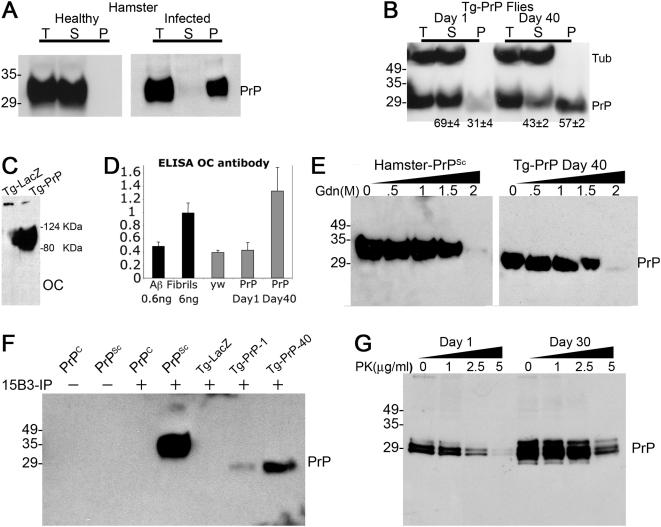Figure 3. Spontaneous accumulation of misfolded PrP.
(A and B) Insolubility of PrPSc and Tg-PrP. (A) PrPC from a healthy hamster is only present in the sarkosyl/NaPTA soluble fraction (S), while PrPSc from a scrapie-infected hamster is only detected in the pellet (P). A total (T) equivalent of the extract is also shown. (B) Young Tg-PrP flies produce mostly soluble PrP (69% of total PrP), whereas most PrP becomes insoluble in 40 day-old flies (57% of total PrP). Tubulin (Tub) is never detected in the insoluble pellet. All the flies used in this figure were OK107-Gal4/PrP-M6. (C and D) Fibrillar conformation of Tg-PrP. (C) Fibrillar conformations were detected in western blot with the OC antibody in head extracts from 40 day-old Tg-PrP flies, but not in Tg-LacZ flies, as a high molecular weight signal. (D) Quantitation of OC immuno reactivity in ELISA. Brain extracts from old Tg-PrP flies produce high signal compared to young Tg-PrP flies and control (yw) flies. Reactivity against amyloid-β fibrils is also shown as control for OC activity. (E) Resistance to denaturing agents. Brain extracts from scrapie-infected hamster (left) and 40 day-old Tg-PrP flies (right) were treated with a gradient of guanidine thiocyanate (Gdn) and the insoluble PrP was detected by western blot. 2 M Gdn is required to completely solubilize both PrPSc and Tg-PrP. (F) Tg-PrP acquires a PrPSc-like conformation. The 15B3 conformational antibody immunoprecipitates PrPSc, but not PrPC, from hamster brain extracts. Tg-PrP flies also accumulate 15B3-reactive conformers, particularly in older flies. 40 day-old Tg-LacZ flies (control) rendered no signal. (G) Tg-PrP is PK-sensitive. Brain extracts from Tg-PrP flies (da-Gal4/PrP-M6) treated with a mild PK gradient yielded no PK-resistant core (shift). However, Tg-PrP from older flies shows a relative resistance to a mild PK gradient compared to young Tg-PrP flies. Additionally, older flies accumulate an extra band that could be a degradation product of Tg-PrP.

